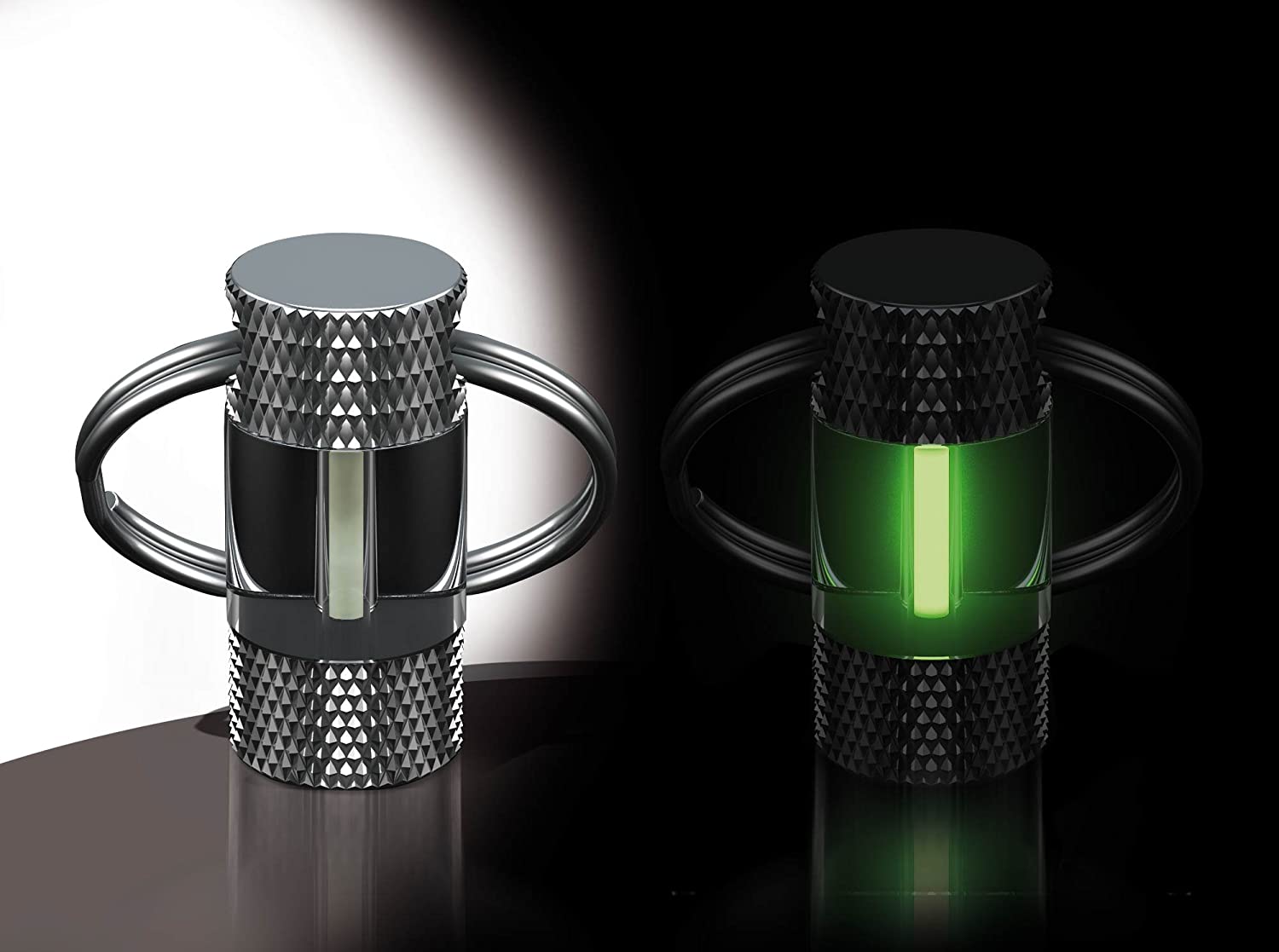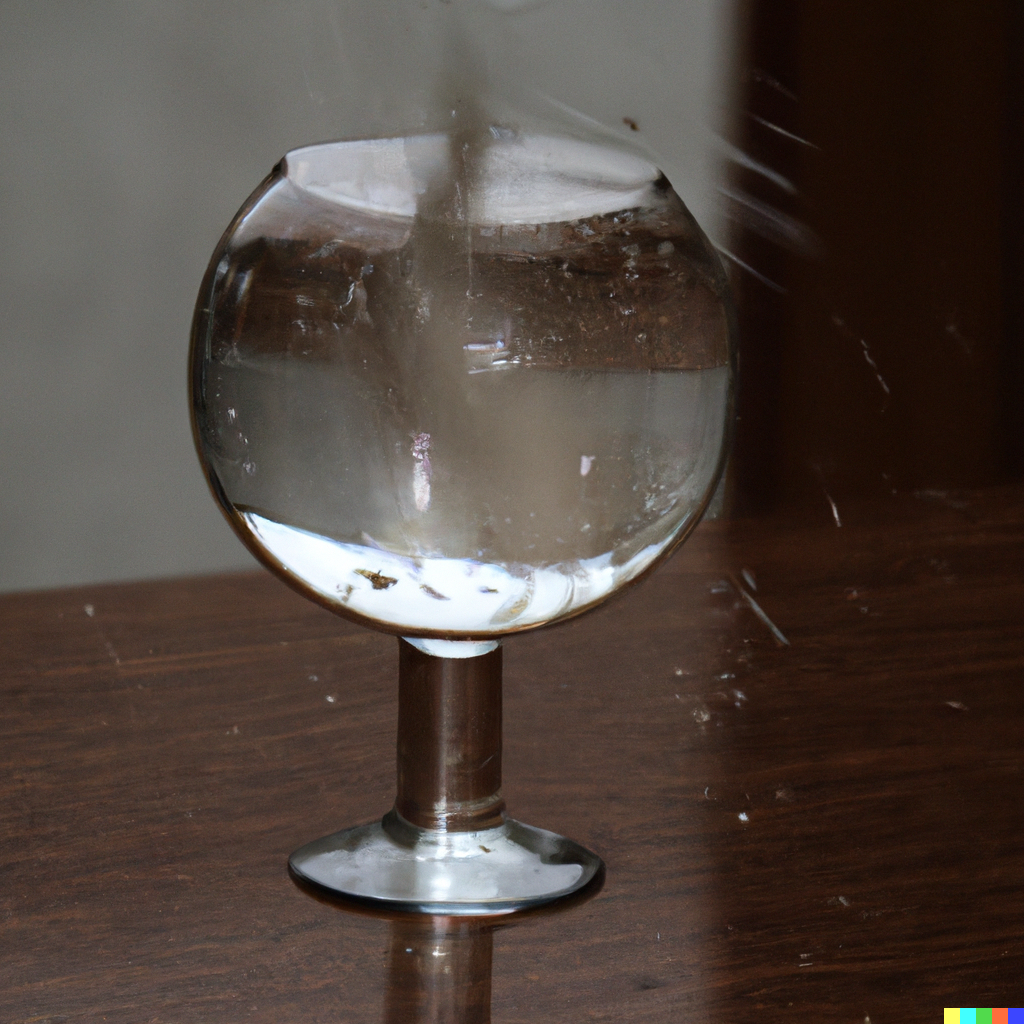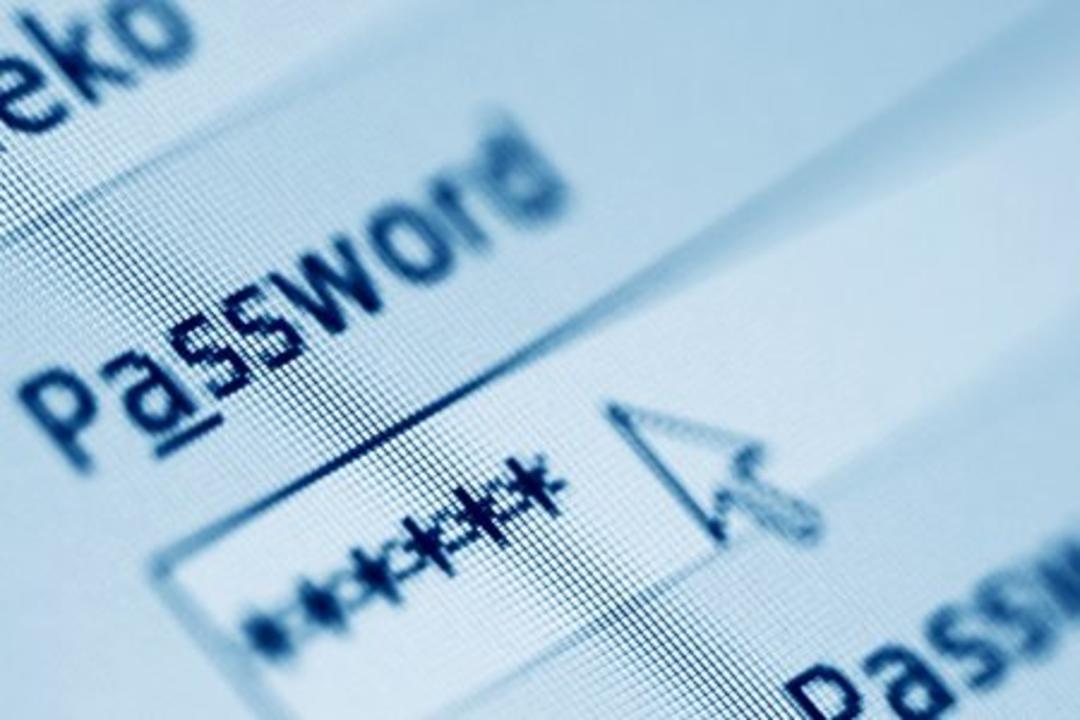Tritium from Fukushima, how dangerous is it?
Japan wants to discharge nearly a billion liters of tritium-contaminated Fukushima water into the Pacific Ocean. How dangerous is that?
Contents
What is Tritium?
Tritium is a radioactive isotope of hydrogen. What is an Isotope? The number of protons in an atomic nucleus determines how an atom behaves chemically. All atomic nuclei with one proton in the nucleus behave chemically like hydrogen. Because in a neutral atom the number of protons and number of electrons are always equal to each other. All chemistry is, in fact, an interaction between electrons.
All atoms of a given chemical element have the same number of protons. But an atomic nucleus (with the exception of hydrogen-1, which has only a proton and zero neutrons) also contains neutrons. The number of neutrons per atomic nucleus of the same chemical element differs.
hydrogen isotope
These types of atomic nuclei are called isotopes of the chemical element. Isotopes are indicated by the name of the chemical element followed by the total number of particles in the nucleus. Because there are three particles in the nucleus of tritium, for example, this is called hydrogen-3: 1 proton + 2 neutrons = 3 nuclear particles. Chemically, isotopes of a chemical element behave almost the same, but they have different masses and some isotopes are unstable, thus radioactive.
Why are some atomic nuclei radioactive?
Protons and neutrons balance each other. Protons prevent neutrons from falling apart: then a neutron changes into a proton, which is energetically unfavorable if there is already another proton nearby. Protons repel each other because they have the same positive electrical charge. Neutrons are the glue that makes protons stick together.
So if the number of protons and neutrons differs too much, an atomic nucleus becomes unstable. (This is 99% correct. It is a bit more complicated. There are also magic numbers and heavy atomic nuclei need more neutrons as glue to remain stable. But as a reader you probably don’t want a lecture on nuclear physics).
Protium, deuterium and tritium
Almost all hydrogen atoms have only a proton in the atomic nucleus. This isotope, hydrogen-1, is called protium with a fancy word. About one in 30,000 hydrogen atoms also has a neutron in the nucleus. This isotope, hydrogen-2, is known as deuterium. If you see deuterium-poor water mentioned somewhere on a health website, you now know what it means: water containing only protium. Some health gurus believe that even a little deuterium is bad for your health.
Protium and deuterium are stable. The hydrogen isotope tritium, hydrogen-3, has two neutrons in its nucleus in addition to the proton. This makes the atomic nucleus of tritium unstable and therefore radioactive. Because in about 12 years, half of the tritium disintegrates into helium-3 and an electron. This releases a little energy, around 5.6 keV. Helium-3, with two protons and a neutron in the nucleus, is stable.
The problem of a billion liters of water
After the nuclear disaster in Fukushima, the immediate vicinity of the reactor was radioactively contaminated. To prevent further contamination of the environment, the Japanese stored all water that leaked from the vicinity of this reactor. You can chemically remove all isotopes except tritium from water, and the Japanese have done just that. This is not possible with tritium. After all, tritium is chemically hydrogen: the same hydrogen (H) that is also found in water (H).2Oh) sit.
In the meantime, this has grown into a small billion liters of water, a cube of 100 x 100 x 100 m. In total, it contains about 3 g of tritium. If you combine that with oxygen, you get half a shot glass of tritium water. There is no longer room to store this water on the site around the plant. That is why the Japanese want to dilute the water and mix it with the ocean water. Ocean water also contained tritium, but this is a thousand times less per liter than the Fukushima water.

How dangerous is tritium?
Tritium is one of the least dangerous radioactive isotopes. Tritium disappears from the body within days to weeks. When a tritium nucleus disintegrates, an electron with about 5600 electron volts of energy is released. That is much less than the optater that the electrons get in an old-fashioned CRT television: around 30,000 electron volts or more. The wandering electron quickly loses its energy without causing damage because electrons are very light.
If a radium core explodes, it will be three hundred times as much. And to make matters worse, radium accumulates in the bones.
The main problem is the formation of free radicals. These are groups of atoms with a missing spot. When a tritium atom changes into helium, a hydrogen atom disappears. And if that hydrogen atom happens to be in DNA, it can result in a mutation. This is what some people fear.
Now it so happens that quite a bit of tritium is already formed naturally, by cosmic rays. That is about thirty kilos per year worldwide. There are hundreds of kilograms in the oceans. So all the tritium in Fukushima’s water equates to less than a few hours of natural tritium production. Our body is well prepared to repair damage, with special enzymes, as long as the amount of damage remains low. Because we already live in a pretty radioactive environment.

Diluted a thousand times
In principle, the water from the Fukushima storage, considerably diluted, could therefore be mixed with the ocean water. This means that the ocean water would contain tritium within the natural variation. Substantially diluted, for example a thousand times or more, the radioactivity drops to around the natural level. So marine animals and also humans can tolerate the extremely limited radioactive damage without observable consequences.
In that respect, for example, things like plastic litter, or toxic smoke clouds from fossil power plants, are thousands of times more harmful to ocean life and also to humans. Organizations such as Greenpeace, which are now fiercely opposed to this harmless discharge, should rather worry about really major environmental problems such as litter, coal-fired power stations, lead batteries and the very dirty emissions from cargo ships.


